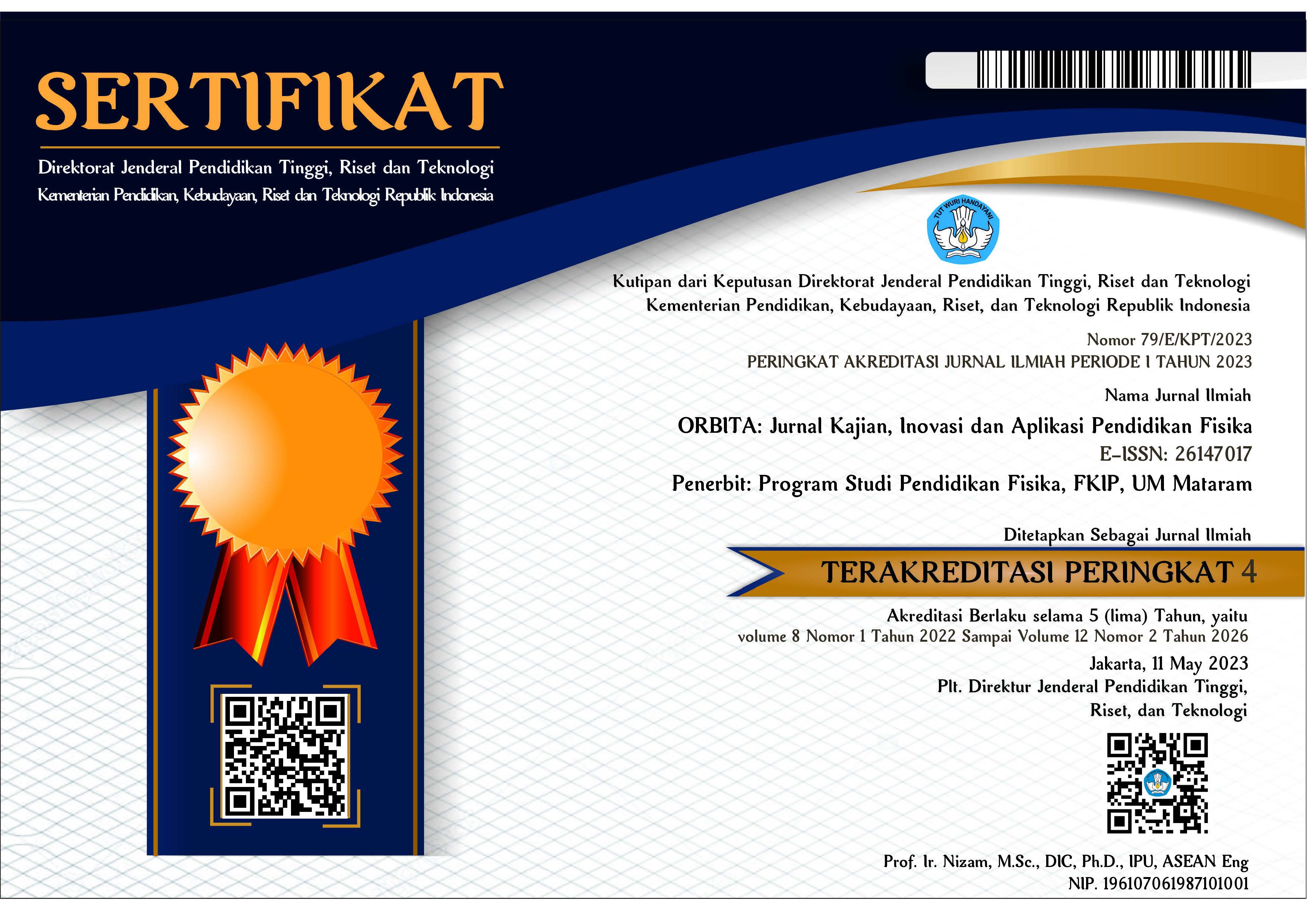GABUNGAN METODE GRAY LEVEL CO-OCCURRENCE MATRIX DAN GRAY LEVEL RUN LENGTH MATRIX PADA ANALISIS CITRA RADIOGRAFI DENTAL PANORAMIC UNTUK DETEKSI DINI OSTEOPOROSIS
Abstract
ABSTRAK
Osteoporosis merupakan salah satu masalah kesehatan utama. Osteoporosis dianggap sebagai penyakit metabolik yang umum, dan sering diabaikan. Penyakit ini kebanyakan menyerang wanita dewasa yang dapat menyebabkan kekurusan dan kerapuhan tulang, dan memicu patah tulang. Osteoporosis didiagnosis dengan mengukur Densitas Mineral Tulang menggunakan DXA (dual energy X-ray absorptiometry). Perawatan dengan alat ini membutuhkan biaya yang mahal, dan alat ini tidak tersedia secara luas. Sampel penelitian ini mengambil 19 orang dengan kriteria inklusi perempuan telah menopause, dinyatakan sehat, tidak mengalami patah tulang dan tidak memiliki kelainan tulang sejak lahir. Sampel diukur nilai bone mineral density (BMD) atau derajat osteoporosis dengan menggunakan DXA. Kemudian dilakukan pemotretan radiografi untuk mendapatkan citra dental panoramic. Tahapan penelitian adalah: 1) melakukan pre-processing terhadap citra radiografi panoramic tulang mandibular; 2) menentukan nilai tekstur citra metode gray level co-occurrence matrix 3) menentukan nilai tekstur citra metode gray level run length matrix 4) mengkalisifikasikan menggunakan metode k means kluster. Hasil Klasifikasi dengan menggunakan k means Kluster menunjukkan ketepatan klasifikasi sebesar 89,47%
Kata kunci: radiografi; citra tulang rahang; BMD; analisis tekstur.
ABSTRACT
Osteoporosis is one of the major health problems. Osteoporosis is considered a common metabolic disease, and is often overlooked. This disease mostly affects adult women which can cause thin and brittle bones, and trigger fractures. Osteoporosis is diagnosed by measuring Bone Mineral Density using DXA (dual energy X-ray absorptiometry). Treatment with this device is expensive, and it is not widely available. The sample of this study took 19 people with the inclusion criteria of women having menopause, declared healthy, had no fractures and had no bone abnormalities since birth. The sample was measured the value of bone mineral density (BMD) or the degree of osteoporosis using DXA. Then, radiography was taken to obtain a panoramic dental image. The stages of the research are: 1) pre-processing the panoramic radiographic image of the mandible; 2) determine the texture value of the image using the gray level co-occurrence matrix method 3) determine the texture value of the image using the gray level run length matrix method 4) classify it using the k means cluster method.Classification results using k means clusters show the classification accuracy of 89.47%
Keywords:. Radiography; dental panoramic; BMD; texture analysis
Keywords
Full Text:
PDFReferences
Aliaga, I., Vera, V., Vera, M., García, E., Pedrera, M., & Pajares, G. (2020). Automatic computation of mandibular indices in dental panoramic radiographs for early osteoporosis detection. Artificial Intelligence in Medicine, 103(February), 101816. https://doi.org/10.1016/j.artmed.2020.101816
Alzubaidi, M. A., & Otoom, M. (2020). A comprehensive study on feature types for osteoporosis classification in dental panoramic radiographs. Computer Methods and Programs in Biomedicine, 188, 105301. https://doi.org/10.1016/j.cmpb.2019.105301
Briot, K. (2013). DXA parameters: Beyond bone mineral density. Joint Bone Spine, 80(3), 265–269. https://doi.org/10.1016/j.jbspin.2012.09.025
D’Elia, G., Caracchini, G., Cavalli, L., & Innocenti, P. (2009). Bone fragility and imaging techniques. Clinical Cases in Mineral and Bone Metabolism, 6(3), 234–246.
Deoker, M., & Pat, P. S. N. (2017). A Review on Osteoporosis Detection by using CT Images Based on Gray Level Co-Occurrence Matrix and Rule based Approach. 7(3), 4765–4767.
Diamond, T., & Sheu, A. (2016). Bone mineral density: testing for osteoporosis. Australian Prescriber, 39(2), 35–39.
Hu, S., Xu, C., Guan, W., Tang, Y., & Yan, L. (2014). Texture feature extraction based on wavelet transform and gray-level co-occurrence matrices applied to osteosarcoma diagnosis. Bio-Medical Materials and Engineering, 24(1), 129–143. https://doi.org/10.3233/BME-130793
Hwang, J. J., Lee, J. H., Han, S. S., Kim, Y. H., Jeong, H. G., Choi, Y. J., & Park, W. (2017). Strut analysis for osteoporosis detection model using dental panoramic radiography. Dentomaxillofacial Radiology, 46(7). https://doi.org/10.1259/dmfr.20170006
Kavitha, M. S., Asano, A., Taguchi, A., Kurita, T., & Sanada, M. (2012). Diagnosis of osteoporosis from dental panoramic radiographs using the support vector machine method in a computer-aided system. BMC Medical Imaging, 12, 1–11. https://doi.org/10.1186/1471-2342-12-1
Muramatsu, C., Horiba, K., Hayashi, T., Fukui, T., Hara, T., Katsumata, A., & Fujita, H. (2016). Quantitative assessment of mandibular cortical erosion on dental panoramic radiographs for screening osteoporosis. International Journal of Computer Assisted Radiology and Surgery, 11(11), 2021–2032. https://doi.org/10.1007/s11548-016-1438-8
Parveen, & Singh, A. (2015). Detection of brain tumor in MRI images, using combination of fuzzy c-means and SVM. 2nd International Conference on Signal Processing and Integrated Networks, SPIN 2015, 98–102. https://doi.org/10.1109/SPIN.2015.7095308
Pratiwi, M., Alexander, Harefa, J., & Nanda, S. (2015). Mammograms Classification Using Gray-level Co-occurrence Matrix and Radial Basis Function Neural Network. Procedia Computer Science, 59(Iccsci), 83–91. https://doi.org/10.1016/j.procs.2015.07.340
Ralston, S. H., & Fraser, J. (2015). Diagnosis and management of osteoporosis. The Practitioner, 259(1788), 15–19, 2. https://europepmc.org/article/med/26882774
Ren, J., Fan, H., Yang, J., & Ling, H. (2020). Detection of Trabecular Landmarks for Osteoporosis Prescreening in Dental Panoramic Radiographs. Proceedings of the Annual International Conference of the IEEE Engineering in Medicine and Biology Society, EMBS, 2020-July(c), 2194–2197. https://doi.org/10.1109/EMBC44109.2020.9175281
Roberts, M. G., Graham, J., & Devlin, H. (2013). Image texture in dental panoramic radiographs as a potential biomarker of osteoporosis. IEEE Transactions on Biomedical Engineering, 60(9), 2384–2392. https://doi.org/10.1109/TBME.2013.2256908
Sun, X., Chuang, S.-H., Li, J., & McKenzie, F. (2009). Automatic diagnosis for prostate cancer using run-length matrix method. Https://Doi.Org/10.1117/12.811414, 7260, 992–999. https://doi.org/10.1117/12.811414
Valentinitsch, A., Trebeschi, S., Kaesmacher, J., Lorenz, C., Löffler, M. T., Zimmer, C., Baum, T., & Kirschke, J. S. (2019). Opportunistic osteoporosis screening in multi-detector CT images via local classification of textures. Osteoporosis International, 30(6), 1275–1285. https://doi.org/10.1007/s00198-019-04910-1
Van Zandt, K. B. (2000). Osteoporosis and fractures [3]. American Family Physician, 61(4), 960. https://doi.org/10.1201/9781785231025-27
Yong, E. L., & Logan, S. (2021). Menopausal osteoporosis: Screening, prevention and treatment. Singapore Medical Journal, 62(4), 159–166. https://doi.org/10.11622/SMEDJ.2021036
Yousfi, L., Houam, L., Boukrouche, A., Lespessailles, E., Ros, F., & Jennane, R. (2019). Texture Analysis and Genetic Algorithms for Osteoporosis Diagnosis. Https://Doi.Org/10.1142/S0218001420570025, 34(5). https://doi.org/10.1142/S0218001420570025
DOI: https://doi.org/10.31764/orbita.v8i1.8334
Refbacks
- There are currently no refbacks.

This work is licensed under a Creative Commons Attribution-ShareAlike 4.0 International License.
______________________________________________________
ORBITA: Jurnal Pendidikan dan Ilmu Fisika
p-ISSN 2460-9587 || e-ISSN 2614-7017
This work is licensed under a Creative Commons Attribution-ShareAlike 4.0 International License.
EDITORIAL OFFICE:



























